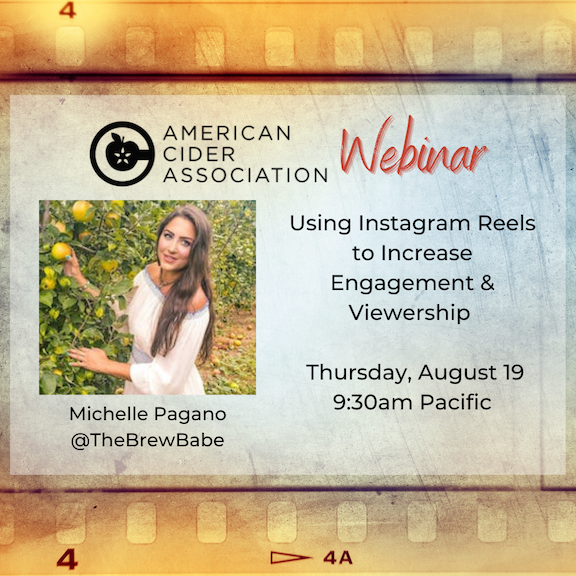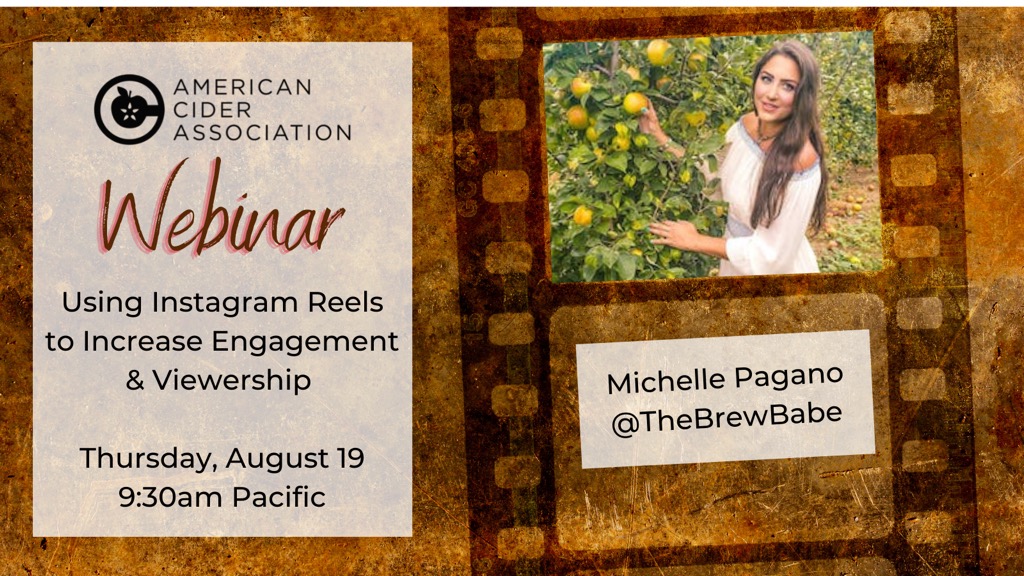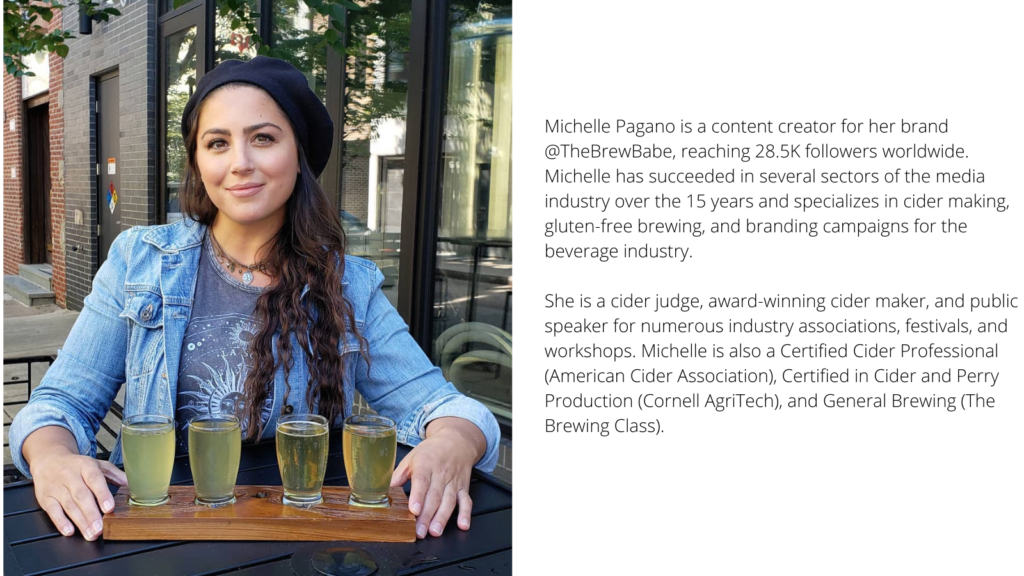PPP Direct Loan Forgiveness Portal Opens Aug. 4
The U.S. Small Business Administration (SBA) has announced that it has created a PPP Direct Loan Forgiveness Portal to streamline the process by which small businesses who received less than $150,000 can apply for loan forgiveness. Over 600 banks have opted in to use the new portal created by SBA and other lenders are being encouraged to join. Borrowers should check with their lending institution to verify whether it will be using the PPP Direct Loan Forgiveness Portal.
The new portal will begin accepting applications on Wednesday, August 4, 2021. The portal can be accessed HERE! There is also a user guide for the new portal HERE!
The SBA has also created a PPP customer service team to answer questions and assist borrowers in with their forgiveness applications. The customer service team can be reached by calling (877) 552-2692. Hours for customer service are Monday-Friday, 8:00am-5:00pm Eastern.
Sept. 1 Webinar: On Premise Bounce Back
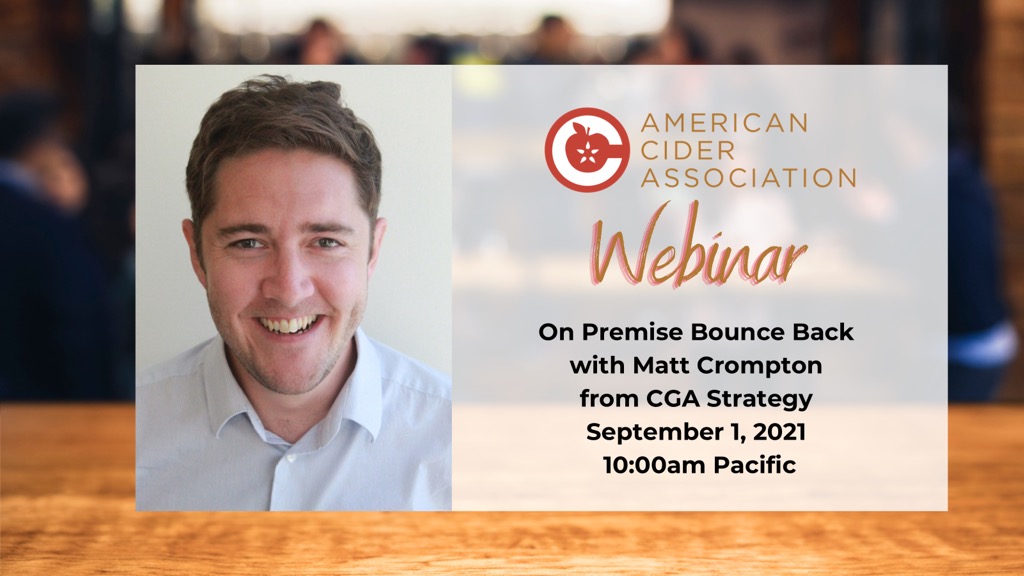
After such a challenging year in 2020, the On Premise channel has bounced back much quicker than most anticipated. With sales in many areas above those in 2019, now is the time to understand strategy and tactics in such an important channel.
Matt Crompton from CGA (the On Premise experts) will be on hand to discuss the latest trends, consumer insights and all things bar and restaurant – with one eye, of course, on Cider performance.
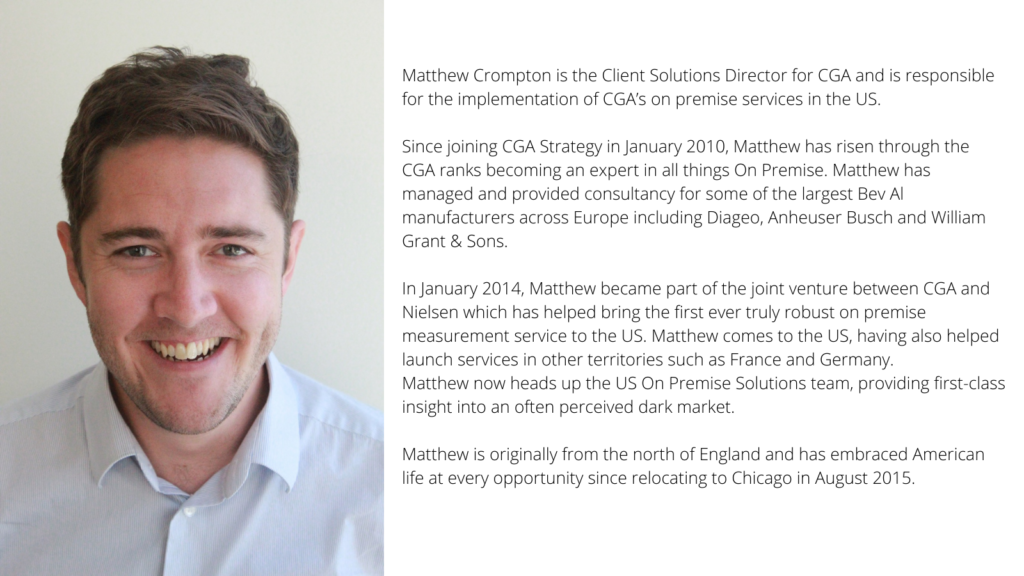
Sept. 1 Webinar: On Premise Bounce Back
This content is for members only.
If you were a member and are now seeing this message, please Renew your membership to continue.
Aug. 19 Webinar: Using Instagram Reels
Aug. 19 Webinar: Using Instagram Reels
This content is for members only.
If you were a member and are now seeing this message, please Renew your membership to continue.
Aug. 4 Webinar: Direct to Consumer Compliance
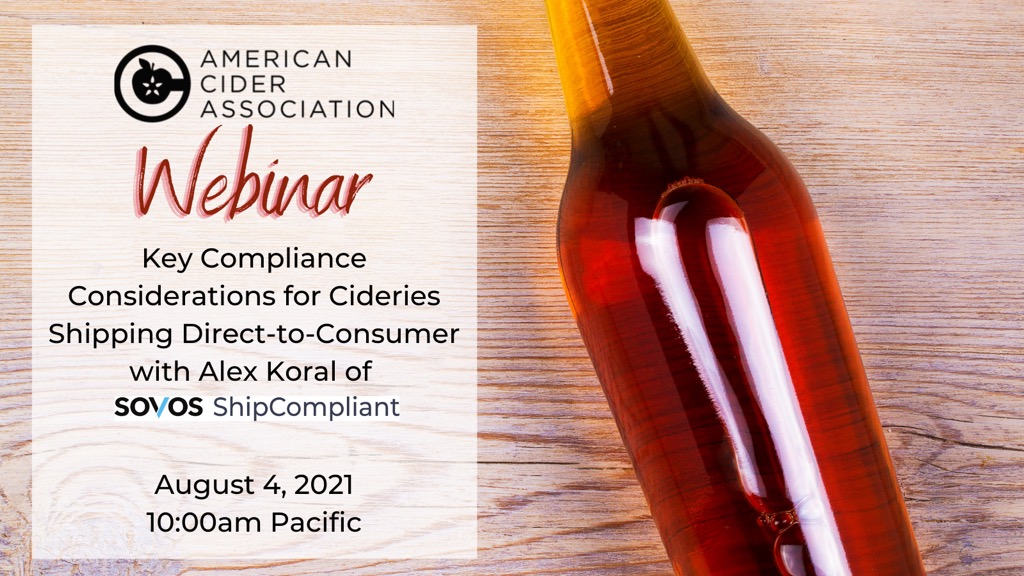
Direct-to-consumer (DtC) shipping of alcohol is on everyone’s minds these days, as consumers and suppliers alike look for better and easier ways to interact.
The success of wineries in growing DtC shipping to a $3.7 billion market is notable. As cider producers look to enter this channel, a solid understanding of DtC shipping laws and tax regulations is critical.
Please join us for a look at how DtC shipping can work for cideries. Topics will include:
- The current state of shipping beverage alcohol direct-to-consumer
- The rules that govern DtC shipping of cider, from licensing requirements to tax remittances and more
- How cider producers can create effective and compliant DtC shipping programs
- Watch-outs and bewares
- The role of industry-level efforts to expand the DtC alcohol shipping opportunity

Aug. 4 Webinar: Direct to Consumer Compliance
This content is for members only.
If you were a member and are now seeing this message, please Renew your membership to continue.
Reflections from Antiracism, Equity & Inclusion Committee Members
We recently asked the Antiracism, Equity & Inclusion committee to reflect on their work this past year. Read below to hear our committee members sharing their thoughts on how our work has affected them.

It has been a highlight of my career to work with the American Cider Association’s Antiracism, Equity & Inclusion committee. There were so many outcomes I didn’t expect, but most of all, that the work we were doing together on this committee would have positive ripple effects across the organization. The practices we use on this committee are helping the ACA advance to the next level throughout all our programming. It’s become a launchpad for organizational growth. This committee deserves so much credit for helping ACA raise the bar for how we pursue and measure success for the entire cider industry. I’m now a believer that doing the work to pursue more equity and inclusion is a mechanism for broader change in any organization. My gratitude for everyone on this team is endless!

Doing this work has become a very grounding part of my weekly routine. During a time with so much change and instability, feeling more and more connected and aware of the world around me has given me a strength and drive to move forward that I honestly needed in order to get through these past 15 months.
In a lot of ways I feel like my eyes are opening wider and wider with every article I read, every question I ask. But it’s not just active learning. It’s learning to be quieter so that I can hear other voices around me. It’s admitting out loud that I am racist and coming to terms with that myself. I have spent 34 years growing up in a racist society, how could I not be? It seems so obvious now. But if you asked me ten years ago if I was racist, I would have been offended and started listing off all the reasons I wasn’t.
Shifting your understanding of what you’re seeing and experiencing, to think critically about your own life and separate out emotions and intentions and perceptions from reality and facts…it’s not easy. There have been moments over the last year that I really questioned myself. Am I performative? Am I a true ally? What does it even mean to be an ally? How can I live a happy life surrounded by and engrained in systems that are designed to keep certain people down? Am I “qualified” to be doing this work? But these questions are in some ways the point. If you’re questioning yourself, then that means you’re actively engaging with these hard topics. This journey is never ending, and sometimes I have to remind myself to take it one step at a time. I’m a goal oriented person, but at this stage in my own journey, the process is the goal. Sometimes that can be incredibly frustrating for my own sense of accomplishment or productivity, but it’s also more rewarding than any specific goal I’ve ever accomplished.
In the last few months my husband and I got a puppy and two kittens. We love these little ones more than I can put into words, and that love has made me think a lot about what it means to really take care of and support each other. Our unconditional love for our pets is something that won’t always be perfect; it doesn’t guarantee safety or the absence of accidents, it doesn’t mean I always treat them perfectly, and I don’t stop living my own life in order to meet every possible need of these little ones. There is always a balance to keep. But it means that their basic needs are met, and when something does go wrong that we will be there to get through it together as best we can. It means we genuinely want the best for them, and want to do our part to make that possible. Then I think about our society as it is now. There is no unconditional love for people. In fact there’s nothing but conditions placed on society’s support and love. Then I imagine a society that treats all human beings with unconditional love. It’s not perfect. Tragic accidents still happen. Terrible acts are still committed by individuals. But as a society, we collectively protect each other and unconditionally commit to growing as a collective group through whatever sphere of influence we have. In all facets of life, there is attention to a shared understanding of the greater good and basic human rights. For the first time in my life, I think that future is possible. It will never be perfect, but it can be a whole lot better. But we have a whole lot of work to do to get there!
I continue to be both humbled and grateful to have the opportunity to learn and be part of this work with the American Cider Association and the other members of the AEI Committee.

Through a somewhat non-traditional path, I found my way into serving as a member of the ACA’s Antiracism, Equity, and Inclusion Committee, and it’s been amazing to see how the committee’s vision and mission has grown over this past year. While the cider industry has had DE&I challenges, it’s been refreshing to serve on a committee that doesn’t shy away from those stumbles, while taking actionable steps to improve the diversity, equity, and inclusion landscape for the industry. Additionally, it’s been great to work with so many passionate people from varied backgrounds. The committee’s newsletter, spearheaded by Olivia Maki, also has helped to invigorate the conversation around building a just, equitable, and inclusive environment in cider and beyond. I look forward to what our committee will do in the future!

This past year being on the ACA’s Antiracism, Equity and Inclusion Committee has been a labor of love encased in a fragile box. Meaning, it was a relief to know that the ACA is dedicated to making change regarding diversity in the industry. However, with so much going on inside and outside of the industry that is working against that type of change, it can feel like an exercise in futility ready to collapse at any moment.
That is one of the main reasons I am so happy about being on this committee in particular. Even before all of the events of the past year, this team was dedicated to making significant and meaningful change to the perception of the cider industry internally as well as externally. As someone more connected to the consumer side of the industry I can attest that it is exciting to see that shift in perception and to be a part of that change.
I think the first step to any change is having a genuine group of people that believe in the goal. I can say with 100% certainty, we have that group of people and are positioned to do some awesome work for the cider industry.

Being a member of the AEI committee has increased my personal sense of community within the cider world. Not only am I proud that Blossom Barn Cidery is a part of the ACA, I’m thrilled that so many others in the organization are resolute in their commitment to equity, antiracism, and inclusion. It’s not easy work but it is necessary. Thanks to the work of the committee and Michelle’s leadership a lot of progress has been made in a short period of time. Cheers!

The road ahead to a just and equitable cider industry is a long and winding one. Serving on the AEI committee has given me the opportunity to work alongside a group of individuals that care deeply about the cider industry and the mission of our committee. I’m grateful to them and the ACA Board for allowing us this platform. Roughly one year ago following the murder of George Floyd we as a committee came together to recognize that we needed a more active approach to our DEI work and launched a number of initiatives, including our monthly newsletter, to be able to put words into actions. We are learning and unlearning, stumbling and picking ourselves up, and I look forward to the work we are going to continue to do.

A few years ago, I certainly would have said I recognized forms of systemic racism, particularly those that restricted resources and opportunities to various disenfranchised groups in our communities. As I reflect on that awareness now, I am sorry to say that I could not have been more complacent or obtuse. The more I study social justice, the more I see that my challenge was not recognizing racism, but rather understanding how blind I can be to the reality that systemic racism and broad socio-economic biases (beyond what Ibram X. Kendi might call “the mirage of race”) are profoundly pervasive, enduring, and even actively worsening. Provoking insecurity, my lack of insight can feel deeply troubling at times when I reflect on my own behaviors. But the process is also encouraging in a fashion, because I feel that only with insight can we begin a journey toward addressing the issues that so trouble our communities.
For helping me along this journey, challenging my perspectives and offering their own, I’d like to thank the ACA and our committee on anti-racism, equity and inclusion. However, I’d like to distinguish in my thanks Olivia Maki for her incredible work in curating a fantastic monthly collection of resources on anti-racism, equity and social justice over the past 12 months. The newsletter for me has been alternately challenging, radically informative, and thoroughly uplifting. Drawing from wide ranging media platforms, I’ve been witness to moving personal perspectives, crucial academic positions, and expressions of the effects of racism in film, music and literature. These perspectives don’t typically tumble out of the algorithms for the average middle age white guy’s newsfeed, but I believe that is precisely the reason they are so valuable. The newsletter has been a remarkable starting point for my studies, and I could not encourage my own peers enough that if these ideas make you uncomfortable, then study more, fact check, listen to critiques and opposing viewpoints, and discuss.
To the latter point, I appreciate our cider community’s efforts to create a safe and inclusive space for just these types of discussions, and would refer you to the recording of the NYCA’s discussion on reparations and Brooke Glover’s article on the ACA board’s work as just two examples of the ways our community is working toward goals of equity, inclusion and social justice. Though I’ve considered it my first priority to listen and study during the past 12 months, I feel richer for being a part of this community and can appreciate that we have much yet to accomplish in our small corner of the craft beverage industry.

Cider is a small industry, and it can feel at times isolated from the broader world. On first glance, the work we do at the ACA may appear inward looking, in a bubble of orchards, fermentations, tastings, and good cheer. In prior years, some of our members, myself included, may not have seen how racism directly affected the cider industry. Some may have wondered why a panel on diversity at CiderCon was even necessary. This work on antiracism has forced me to confront my own color blindness and acknowledge that this is not a distraction but a necessary centerpiece to the work we do at the ACA and the work we do in our own companies and communities. We have been challenged to affirm what is most important to us and what kind of people we aspire to become. Institutions and cultures can feel slow to change. Even when there is intention, the how of changing can get bogged down in the efforts, and inertia threatens forward motion. When feeling stuck or at a loss of how to move forward, I have found inspiration in the stories presented and efforts undertaken by so many in the food and beverage industry as highlighted by the monthly antiracism newsletter. I am thankful to be a part of a community pledging to do this work together.
Reserve Your Trade Show Booth for CiderCon 2022!

The American Cider Association is thrilled to announce that CiderCon® 2022 will be held in-person in Richmond, Virginia from February 1-4, 2022! Not only that, but we’re ready to start taking reservations for our Trade Show. You can book your booth from June 15 – July 15 at the early bird price of $2375.
In addition, the ACA would really like to thank our allied trade members who have sponsored us in the past, those who have been exhibiting with us the longest, and those who took a chance and participated in our extremely successful virtual CiderCon® in 2021. To show our gratitude, we’ve implemented a points system that thanks CiderCon® vendors by gifting loyalty points that move you up the priority list for selecting your preferred Trade Show booth space.
Points are assigned based on:
- Longevity in the show – 1 point per year of participation in the trade show
- Taking part in the virtual conference – 2 points
- Reserving and paying for your booth during our discount period – 1 point
- Sponsoring the American Cider Association – Points assigned on case by case basis
Speaking of sponsorship…
Supporting the American Cider Association is a great way to gain brand visibility at CiderCon® and beyond. There are a myriad of reasons why sponsoring the ACA works in your favor. We shout out our appreciation for our sponsors far and wide at CiderCon®, on our website, on social media and beyond and our members hear us. Our Executive Director Michelle McGrath is eager to work with you on creating a custom sponsorship experience that meets your brand’s personality and needs. You can schedule a 30-minute face to face meeting with our Executive Director here. Have your eyes on certain CiderCon® branding real-estate? Fill this short form out and we’ll follow up ASAP!
What Next?
Register HERE! We’re really looking forward to working with all of you and seeing you next February in Richmond!
Looking to become a CiderCon® vendor for the 1st time?
Please contact Ellen at tradeshow@ciderassociation.org to learn more!
Making Safer Cider Communities for All
You’ve probably seen the posts on Instagram or heard rumblings ripple throughout your friend group or community: the craft beer world is in the midst of a true reckoning right now.
Over past few weeks, there has been an immense outpouring of professionals in the industry, publicly sharing stories of gender-based discrimination or violence they’ve experienced in the workplace. These accounts, which range from repeated microaggressions to direct sexual assault, have been eye-opening for many and not so surprising to others.
Gender-based discrimination is relatively common in the US workplace, and in hospitality industries, customers, colleagues and managers can be sources of discriminatory behavior. Did you know that even though sexual harassment and gender-based discrimination are illegal, 42% of women experience gender-based discrimination in the workplace and 72% of incidents go unreported? The shockwaves running throughout the beer industry must serve as a wakeup call to all working in the alcohol sector — and that unequivocally includes the cider industry.
The American Cider Association is 100% committed to ensuring the spaces we hold for the cider community are safe and inclusive. Part of cultivating safe spaces is regularly evaluating what measures are in place to maintain that space and to look for opportunities to improve. We are taking this moment to evaluate our community policies at ACA.
Here are new ways we are striving to help make safer cider communities for all:
- For the past several years, CiderCon has held a code of conduct policy. More recently, we passed a code of conduct for ACA volunteers. But we did not establish a neutral third party to accept code of conduct violation complaints. Moving forward, CiderCon incident reports involving sexual harassment or assault by CiderCon participants and volunteers, ACA board, ACA staff and ACA committee volunteers can be made to WeVow. Other code of conduct complaints related to CiderCon participants and volunteers, ACA board, ACA staff and ACA committee volunteers may be made to the Executive Director or a Board Director. We will share more specific reporting procedures on our website soon.
- As your trade association, we want to provide you with resources to reduce the burdens of doing business. This includes tools to manage your team so that your business may thrive. We have provided members with people management trainings at CiderCon, but none of these trainings specifically addressed sexual harassment policies or other such tools.
We are pleased to share that starting today, ACA members now receive:
- A 30% discount at WeVow through December 31, 2021. WeVow is a subscription-based sexual harassment management program providing tools, policy templates, resources, counseling and incident reporting tools to your business. The packages are affordable and tiered based on business size. With your ACA discount, packages for a small business may be a little as $21/month. The ACA member discount code can be found by logging in to your ACA account and going to our member resources page. This code will expire at the end of the year.
We also wanted to provide a starting point for any members looking to create or strengthen their workplace anti-sexual harassment policies. Consistent messaging, and a transparent chain of accountability is crucial for employees’ safety — blanket statements along the lines of “sexual harassment is not tolerated here” is not as powerful as a clearly worded policy that can be referenced whenever necessary.
Here are five more best practices for cidery owners/managers to combat and prevent sexual harassment:
- Have a sexual harassment policy and a clear protocol on how staff activate compliance concerns, ideally involving a neutral third party to hear complaints.
- Have open conversations with your team to cultivate a culture of no-tolerance for harassment. Some states require annual sexual harassment trainings for all staff.
- Publish pay rates in job postings, which helps to prevent gender-based pay inequity. Also important to note: It is illegal to ban employee conversations about wages.
- Review state labor laws and compare them with your hiring practices.
- Strive for inclusive management. We know from research that diverse teams perform better — this includes, but is not limited to, gender representation.
We are excited to roll out a New Member Resource Library later this year, and plan to provide further resources for managing and supporting your team. If there is a specific resource in this arena that you would like to see, please let us know. Also, if you have suggestions related to the conduct of ACA staff, volunteers and CiderCon attendees, please share them with us.
We are committed to creating a community in which all individuals feel safe, valued and respected and have a sense of belonging. Making lasting changes is going to require an ongoing, intentional effort across our industry. The ACA will continue to improve our strategies around issues of sexual harassment and discrimination. We hope for continued conversation, self-reflection and evaluation from all of our members, so that we can tackle these issues head-on, together.
We look forward to hearing from you.
ACA Board of Directors–Executive Committee
From our Statement of Intent: “We believe that existing structures of power, privilege and discrimination must be actively questioned and evaluated in order to create equitable opportunities in an environment that embraces and values our differences. We will strive to create events, opportunities and organizational policies that embody these values, and to continue evaluating these practices for sustained growth and improvement.”



